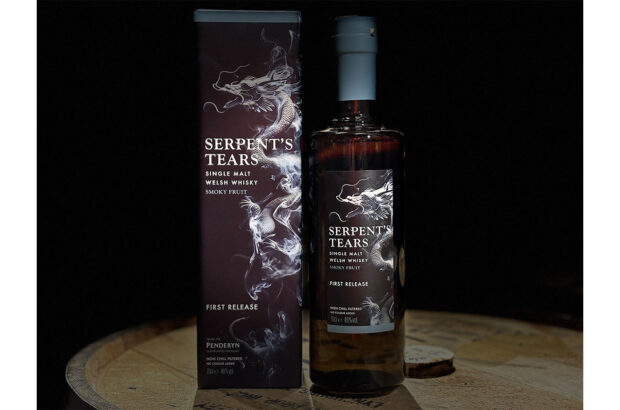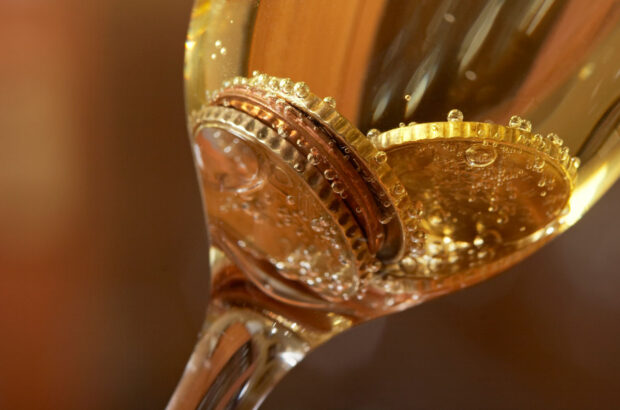Ernest Gallo, the sales and marketing wizard behind the curtain of California’s giant E&J Gallo Winery, died in his Modesto home on 6 March, six days shy of his 98th birthday.
Gallo, who founded E&J Gallo with his brother, Julio, in 1933 in the Central Valley town of Modesto, grew the business into one that sells 75m cases of wine a year, spread across 40 brands that are produced in five countries – the US, Australia, Italy, France and New Zealand – and are exported to more than 80 countries.
E&J Gallo ranked No. 1 in the world in wine production until 2003, when it was eclipsed by Constellation Brands.
Ernest Gallo’s relentless drive – some call it ruthlessness – to sell inexpensive fortified wines like Ripple and Thunderbird in the 1950s not only succeeded with consumers, it sent a powerful message to the still-incubating California wine industry: Play to win, or don’t play at all. Quantity trumps quality. Master marketing, and you master the universe.
It was both good and bad news for California’s wine evolution. Gallo got Americans drinking wine for the first time, yet it set the quality bar so low that it took decades for producers to find reason to raise it, and for wine drinkers to embrace it.
Ernest was the business genius and Julio – younger by one year (he died in a motor accident in 1993) – the genial winemaker who developed relationships with growers. Together, they steadily increased production to include wildly successful ‘pop’ wines like Boone’s Farm, and more serious jug wines like Hearty Burgundy.
With the advice of their children – Ernest’s son, Joseph Ernest Gallo, and Julio’s son, Robert, now co-presidents of the company – E&J Gallo entered the true premium wine category in the 1990s by planting thousands of acres of grapes in Sonoma County and starting the Gallo of Sonoma brand (now called Gallo Family Vineyards). Third-generation Gallos Gina and Matt, Bob’s children, are the spokespeople for the company.
Gallo’s performance at the annual Decanter World Wine Awards could be taken as a measure of how successful its assault on the premium sector has been. Last year it won six awards, for wines ranging from the top-end Frei Brothers Reserve Merlot to the lower-level Mirassou Pinot Noir. The fact that none won higher than bronze indicates recognition from the wine world, but not yet ringing endorsement.
Ernest died less than three weeks after the death of his youngest brother, Joseph Edward Gallo, 87. The two were estranged since the 1980s, when Ernest and Julio sued Joseph for trademark infringement after he began producing Joseph Gallo Cheese.
E&J said the cheese was inferior and that it sullied the Gallo wine brand – a stunning claim, considering their Thunderbird street wine, which was most often drunk with a brown paper bag covering the bottle and was aimed directly at ‘the misery market’, as one unauthorised biographer said.
Yet the court sided with Ernest and Julio, forcing Joseph to rename his cheese Joseph Farms. He countersued, seeking one-third interest in the wine company, and lost again. One of his attorneys was Jess Jackson. In 1998, Jackson butted heads again with E. & J. Gallo, charging that its Turning Leaf brand copied K-J’s grape leaf label. Again, Gallo prevailed.
The company also clashed with the United Farm Workers, which called for boycotts of Gallo wines to protest the company’s refusal to unionize. And stories are still told about Ernest visiting stores to see how his wines were displayed, and ordering suit-and-tie-wearing Gallo salesmen to replace competitors’ end-row case stacks with Gallo boxes the next morning.
That Robert Mondavi was inducted into the Culinary Institute of America Vintners Hall of Fame the same week of Ernest’s death – Gallo was not even nominated – speaks to the ill feelings some in the industry have for Ernest and his take-no-prisoners style, yet it unfairly overshadows his nobler efforts.
He was the first to advertise wine on television, and the point-of-sale materials he created to draw shoppers to his wines were eventually adopted by his competitors. He was a pioneer in exporting – albeit wines of underwhelming quality – and he funded the first endowed chair in enology and viticulture at UC Davis. Gallo sent a legion of trained winemakers and viticulturists into the industry, and his policy of paying growers for their grapes within 30 days of harvest kept many farmers afloat in the early 1990s.
In recent years, the Gallos purchased the struggling Louis M Martini Winery in Napa and returned it to its former glory. They bought the late actor Fred MacMurray’s Russian River Valley ranch and planted it to Pinot Noir. They are working Martini-like magic on the venerable Mirassou brand.
Not everyone loved Ernest Gallo, yet few can deny the impact he had on the California wine industry.
Written by Linda Murphy in San Francisco






